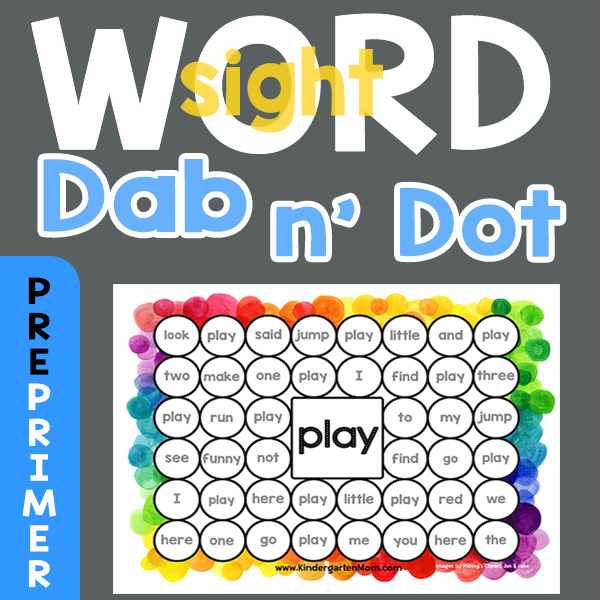 When children are learning to read and write, they typically will have at least a few seasons of frustration, especially in the beginning. Take heart, this is pretty normal. When the pressure to read gets the best of your student, it’s probably time for a reading break. “What is a reading break?” you ask.
When children are learning to read and write, they typically will have at least a few seasons of frustration, especially in the beginning. Take heart, this is pretty normal. When the pressure to read gets the best of your student, it’s probably time for a reading break. “What is a reading break?” you ask.
A reading break is about reviewing what your child already knows in fun, engaging ways. That’s when simple hands-on reading activities and game really come into play. They will save your homeschool sanity!
[clickToTweet tweet=”A reading break is about reviewing what your child already knows in fun, engaging ways. https://goo.gl/KikZ8g” quote=”A reading break is about reviewing what your child already knows in fun, engaging ways……https://goo.gl/KikZ8g”]
If the reading has become overwhelming, it is time to “pause”. If you keep pressing onward, your child may get even more frustrated and you too will join them in that pool of frustration. Take a week (or more) and review where you’ve been. Chances are if reading has become too hard, your child needs a reviewing break. Show them what they already know. Look how far they’ve come.
However, don’t confuse a reading break with a complete stop in reading lessons. It may be tempting, but young readers need constant practice.
If you are finding that even the fun-filled, game-based, review lessons remain frustrating, there could be a few things going on. Your child could be too young; you could be using a method that doesn’t work for them, or they might have a learning disability. (Please speak with a professional if you suspect this might be the case.) A break allows you to assess if any of these are a possibility or not.
Here are some things you can do during a reading break.
1) Print out fun worksheets on concepts you’ve already gone over. We have fun worksheets for reviewing sight words here! Use colorful markers, bingo daubers and retell familiar stories.
2) Visit the library. Choose books that are below your child’s reading level. This will work to boost their confidence and allow you to see any learning concepts that may have been missed.
3) Have your child teach a sibling what they’ve learned and play school as a family. You’re the students, they’re the teacher. Give them worksheets to give their class; have them write on a whiteboard. Have fun with it. You’ll be amazed how much they know. Be sure to raise your hand and ask questions about the topics you want to be sure they know. “Mr. Logan, what sound does “b” make?”
4) Have your child read to a dog or other pet. Seriously, I don’t know why this is so fun, but my kids love doing it. Many classrooms are inviting dogs to visit and read “with” the children. It’s therapeutic!
5) Go to the library. Participate in story times and other activities. Look for books your kids will love. Get recommendations from the librarians; they always know the hidden gems.
6) Look on Pinterest for hands-on learning ideas and games. Pro-tip search for what you are working on specifically and you are bound to find games and activities galore.
7) Stop reading lessons completely. Yes, I know, I just finished saying you shouldn’t do this. Honestly, though, sometimes you just need a few days to regroup. Sometimes life’s circumstances call for a break. Sometimes kids just need to deal with the stress in his or her own life before learning a new skill. A breather is okay but get back to reviewing and reading as soon as possible.
Teaching reading is not always easy. You, as the teacher, may need a break more than they do. Use this time to make learning fun once again. Get silly and enjoy teaching your children. Have you tried our new R.E.A.D. Curriculum Notebook?
If you are not happy with your current reading curriculum, be sure to try our the first week of our R.E.A.D. Curriculum Notebook. This program covers all the kindergarten standards in a fun, interactive, and easy to implement format. Download the FIRST WEEK FREE here.
We encourage you to try a week to see if your child enjoys all the hands-on games and activities. Our R.E.A.D. Curriculum notebook was specifically designed for beginning or struggling readers in a homeschool or classroom setting. With daily practice, this 36-week program focuses on chunking letter sounds and building phonemic awareness. Beginning sight words are introduced in fun, engaging ways that will encourage even the most reluctant reader. From the very first week students will be reading with our short controlled mini-books that will build reading confidence. See what others have to say about our curriculum:
R.E.A.D. Curriculum Notebook
Ready, Eager, Able and Determined to READ! This 36 week curriculum provides you with everything you need to teach your child to read. Structured over a 4-day/week program you’ll cover phonics, digraphs, blends, sight words, grammar and writing. Hands-on activities keep your child engaged and learning with little to no-prep required.
R.E.A.D Curriculum Notebook: 785 pages
- 4 Days a Week over 36 Weeks
- One Word Family per week
- 2-3 Sight Words per week
- Beginning Blends cycle every fifth week
- 60 page Interactive Grammar Notebook
- Weekly Writing Prompts
- Science Sequencing & Drawing Activities
- Daily Warm Up Activities
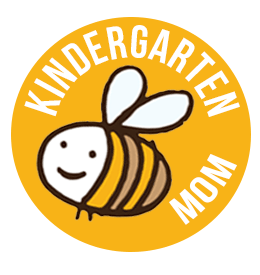
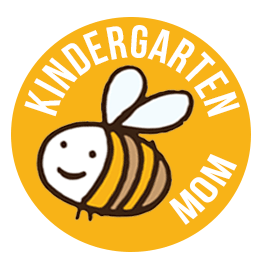
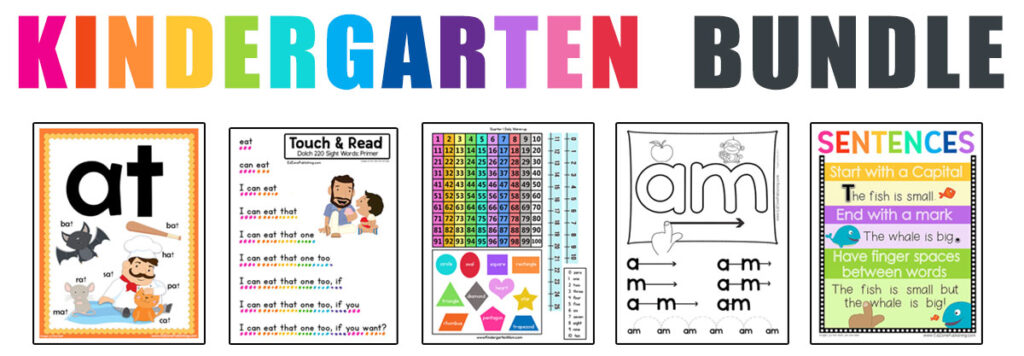
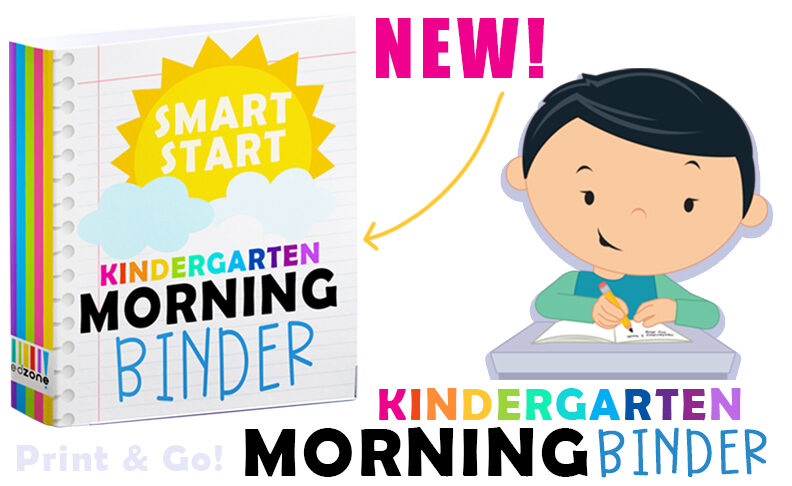
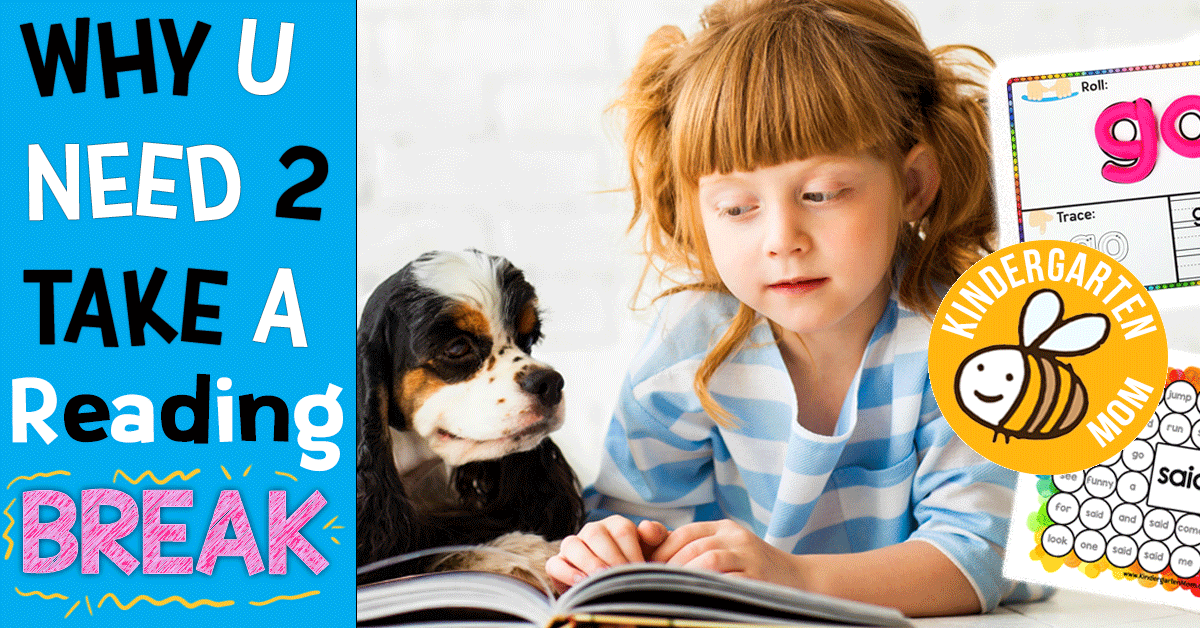
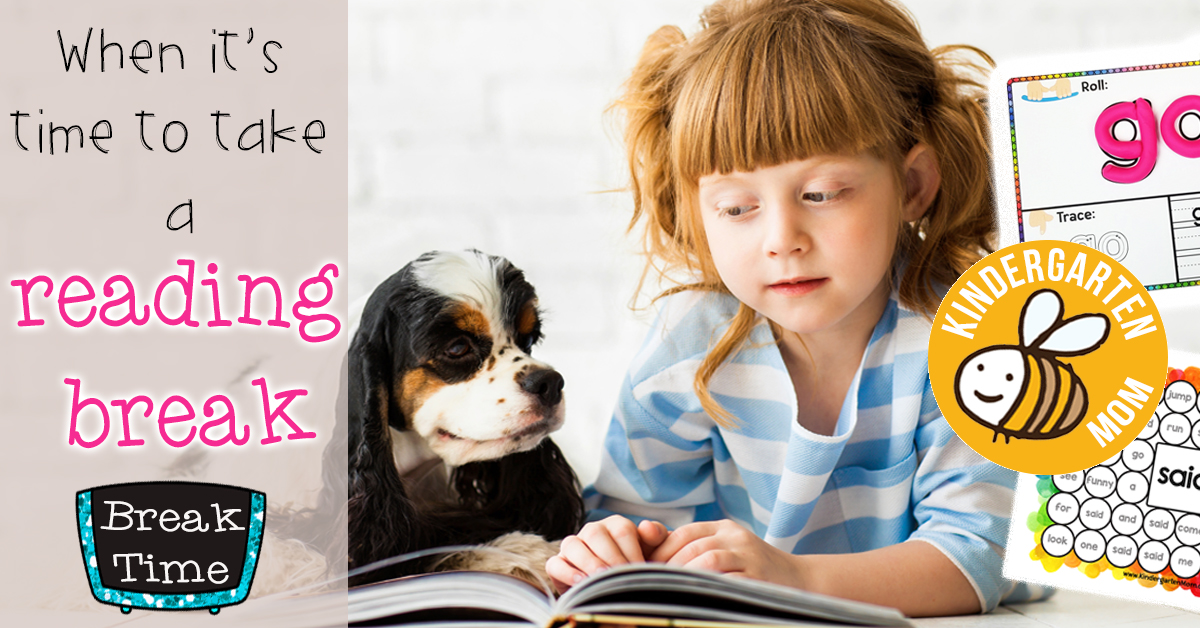
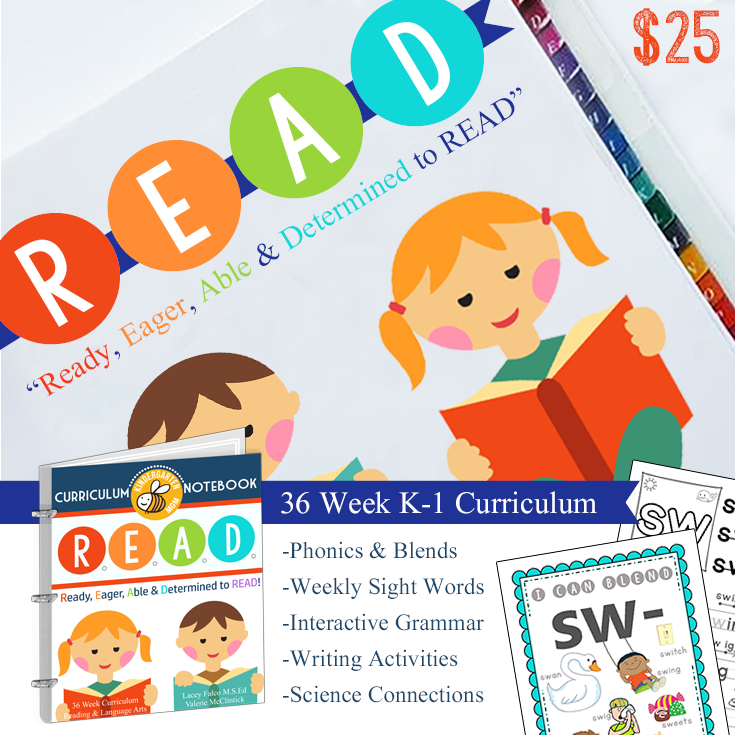
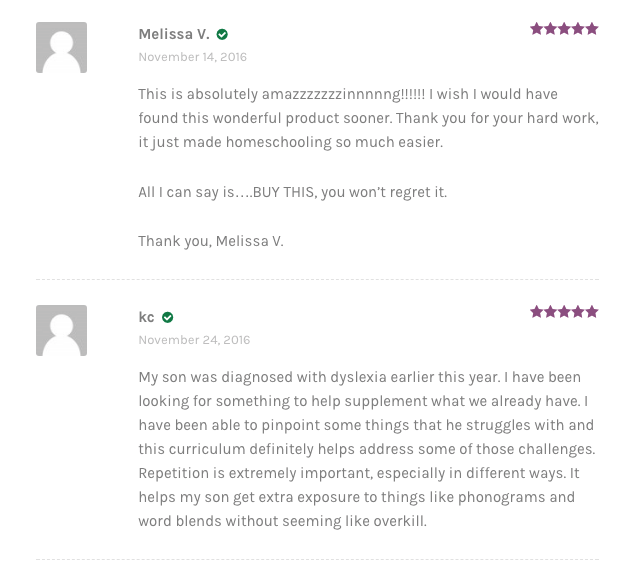
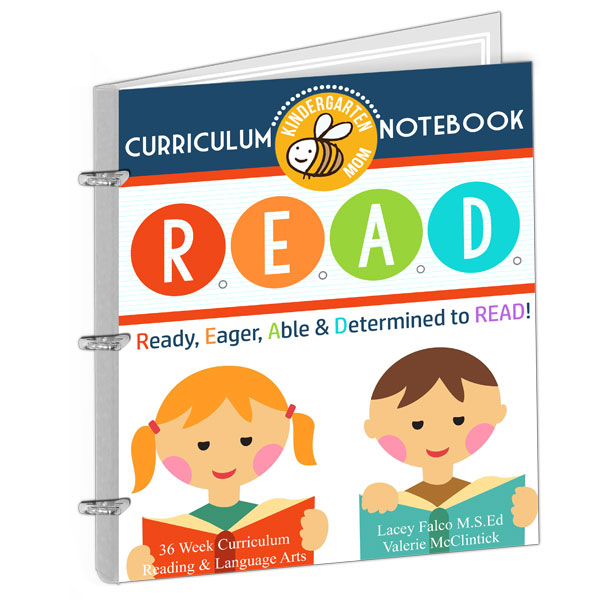

Leave a Reply